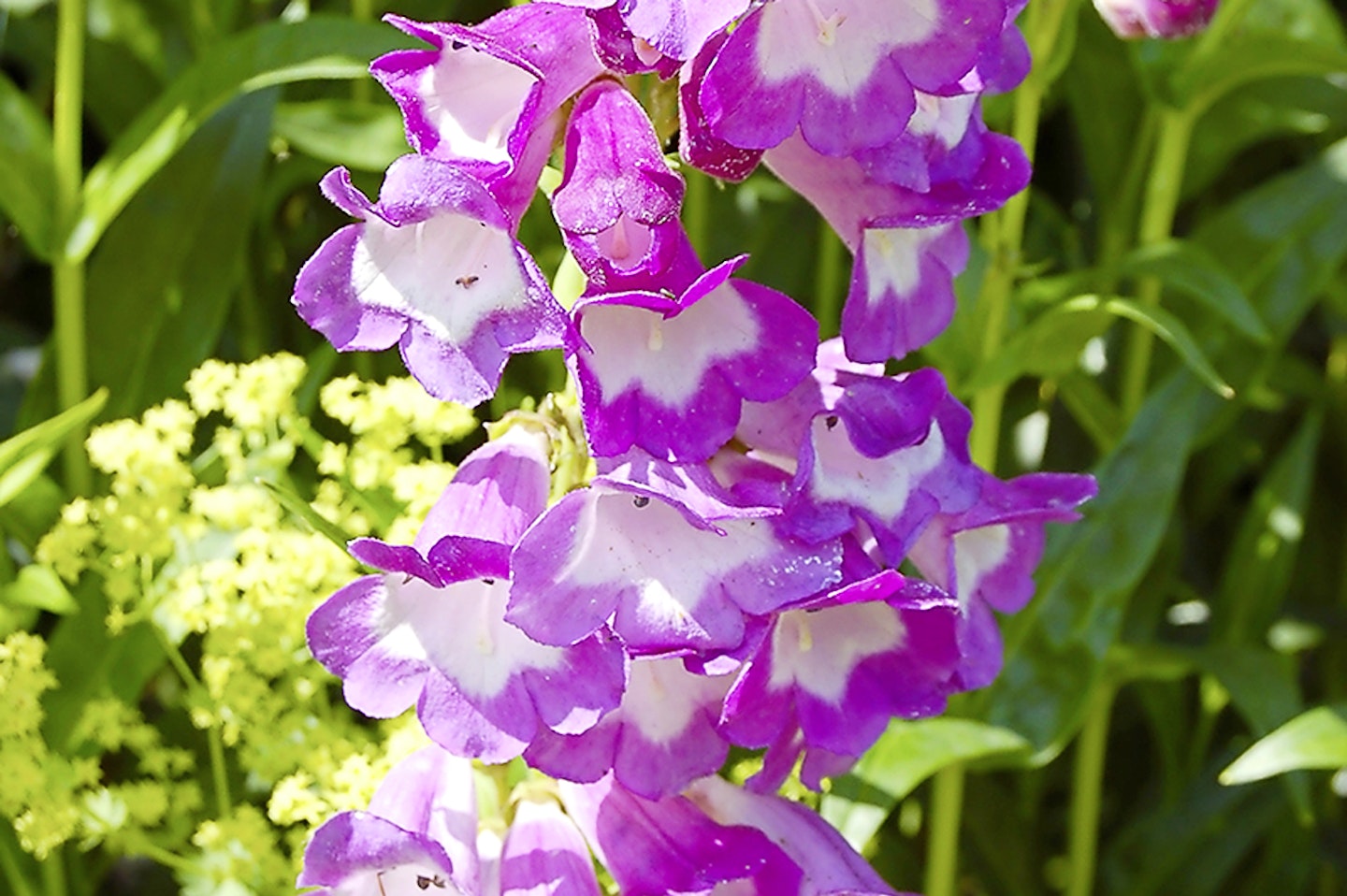Perennial plants are very popular in the garden because they grow back year after year. The definition of a perennial is a plant that lives more than two years and in most cases they will live for many, many years and get better with age. But some perennial are short-lived and only live for three, four or five years.
Some of these perennials such as Verbena bonariensis and aquilegia naturally die after a few years even when grown in the correct soil conditions, but fortunately many of them self-seed. Others such as penstemon and erysimum will sometimes live a little longer, but they tend to weaken and get leggy after a few years and flowering will decline.
How to take cuttings from perennials
 1 of 4
1 of 4Penstemon
 2 of 4
2 of 4Verbena bonariensis
 3 of 4
3 of 4Aquilegia
 4 of 4
4 of 4Erysimum
In this situation it’s best to replace the plants with new ones every few years.
Most perennials are fairly easy to propagate by seed or cuttings. Many will naturally self-seed in the borders or you can easily raise new plants by sowing packet seeds. These are best sown in pots or trays and the seedlings grown on ready for the garden.
Other types can be propagated by taking short cuttings at this time of the year and rooted on in pots or trays. The rooted cuttings can then be grown on to produce strong new plants for planting in the garden next spring.
TOP TIPS
1 – Take short cuttings of penstemons to produce fresh new plants when the base of the original plant starts to get bare and woody.
2 – Verbena bonariensis plants weaken and die after two or three years. They will self-seed or can be raised from seed in pots.
3 – Erysimum, the perennial wallflower gets very woody and growth slows down, but can easily be propagated from short cuttings.
4 – Aquilegia often start to deteriorate after two or three years, but most types will naturally self-seed to produce new plants.
